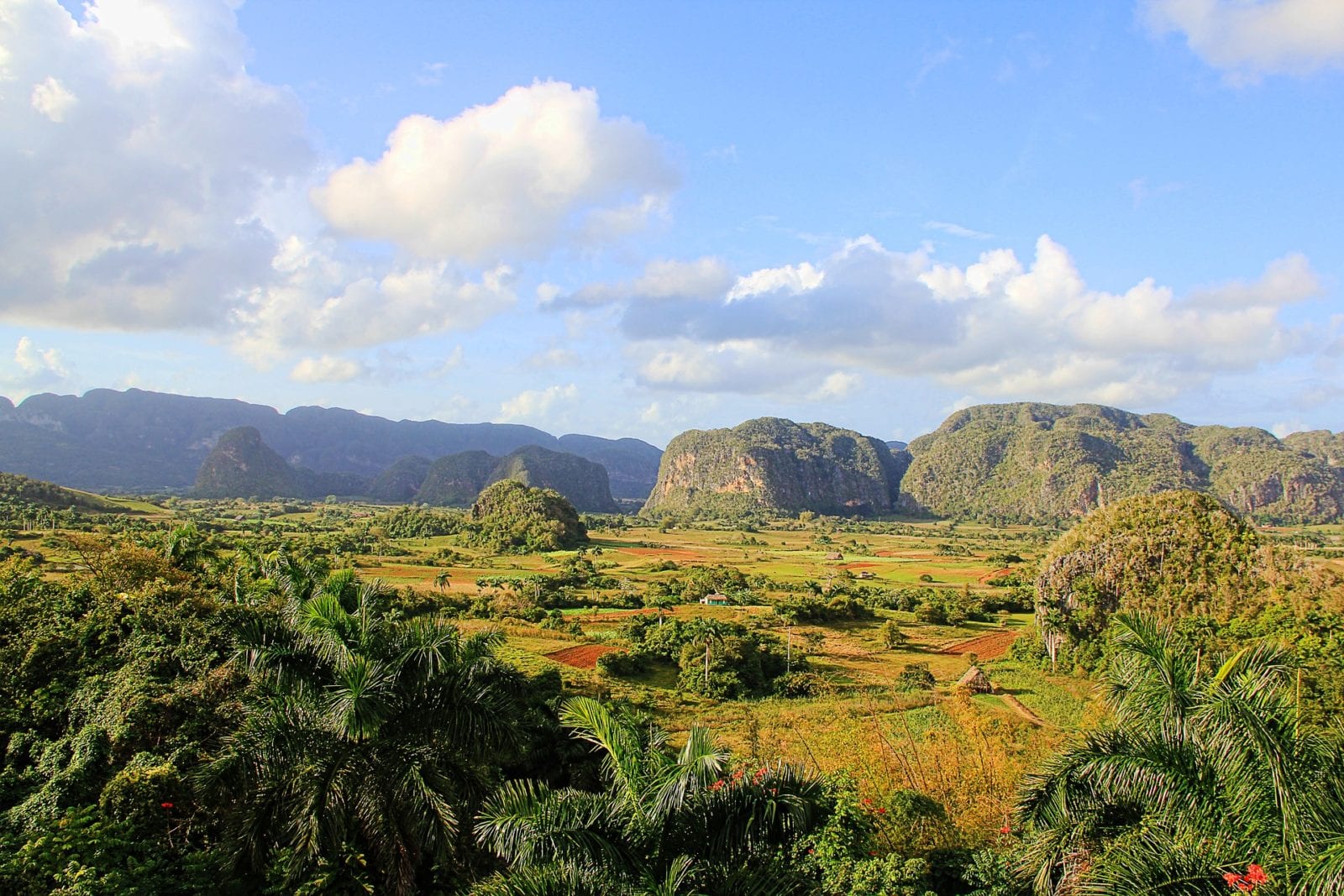USSEC Participates in USACC Delegation to Cuba
- Category:
- General News

USSEC recently represented the U.S. Soy industry as part of the U.S. Agriculture Coalition for Cuba (USACC) delegation, which took place May 23-26. The purpose of this mission was to promote U.S. agricultural products in this neighboring market just 90 miles from Florida that is on the verge of opening trade with the U.S.
USSEC director and ASA vice president Ron Moore and USSEC Regional Representative – Americas Francisco de la Torre traveled to Havana on this mission.

The USACC seeks to advance trade relations between the U.S. and Cuba by re-establishing Cuba as a market for U.S. food and agriculture exports, believing that normalizing trade relations between the two countries will provide the U.S. farm and business communities with new market access opportunities, drive enhanced growth in both countries, and allow U.S. farmers, ranchers and food companies to efficiently address Cuban citizens’ food security needs. Under current sanctions, U.S. food and agriculture companies can legally export to Cuba, but financing and trade restrictions limit their ability to serve the market competitively. The USACC ultimately seeks to end the embargo and allow for open trade and investment.
In a signing ceremony on May 26, the USACC and Cuba’s Grupo Empresarial Agricola (GEA) signed a historic Memorandum of Understanding (MOU) to advance cooperation on food and agriculture between the two countries, formalizing an agreement between the two nations’ farm and food industries to re-establish the Cuban market for U.S. food and agricultural products. The MOU is the first of its kind in that it connects the two industry groups to discuss commercial advancements. The USACC and GEA will meet at least once a year, per agreement terms, to ensure that the relationship is mutually productive and beneficial for both industries and to address issues in ag financing and credit; two-way trade; production; processing; supply chain; investment; sustainability; research and development; and farmer training.
Mr. Moore had the opportunity to interact with Cuban farmers throughout the week and was enthusiastic about what he learned there.
"There is a great opportunity to sell soybeans into the Cuban market," he said. "As the trade restrictions are lifted, Cuba will need many of the U.S. ag products as the Cuban economy expands. As more tourists and businesses come to Cuba, they will need more and better food products available, and the U.S. soybean industry stands ready to help meet that demand."
Although U.S. agriculture exports to Cuba have been allowed since the Trade Sanctions Reform Act (TSRA) of 2000, limitations kept exports from reaching their full potential. In the most recent marketing year, the U.S. exported 27,000 MT of U.S. soybeans, 137,737 MT of soybean meal and no soybean oil to Cuba. This is a disappointing market share given their proximity to the U.S. In other similarly placed Latin American markets, the U.S. enjoys almost 100% market share while, in Cuba, it is currently less than 50%.
"The Cuban government officials that we met with were open and answered our questions readily," stated Mr. Moore. "I felt they were extremely excited to have the coalition there to help to relax the trade restrictions that hamper the ability to do business with U.S. companies."
USSEC has conducted educational events in Cuba focused on helping the livestock industry to be more efficient. USSEC believes that this training will ultimately increase demand for U.S. Soybean Meal.
The preferred vegetable oil in Cuba, as in most of Latin America is soy; the country’s current oil supply, however, comes from Brazil. USSEC has had success in other Latin American countries in building a preference for U.S. soybean oil and now has opportunities to showcase the benefits of U.S. soybean oil, both the quality and the supply, and build further demand through working with food companies, processors and end-users in Cuba. USSEC chairman Laura Foell says, “This mission was an excellent way for U.S. and Cuban farmers to build relationships.” She continues, “Our goal is to build a preference for U.S. Soy in Cuba to help supply quality soy products for their increased demand for eggs, poultry and pork. Admittedly, it will never be a huge market but it should clearly be a U.S. market given their proximity to U.S. shores.”
Cuba has a population of 11.5 million with a GDP of $68.72 billion (all dollars are U.S.). Cuba has a dual economy, with two distinct systems operating side by side. Its top trade partners are:China (27.5%), Canada (26.9%), Netherlands (11.1%), and Spain (4.7%). Brazil and the EU are growing and could surpass Cuba’s current trade partners. Cuba’s top industries are tourism, energy and mining, cigars and rum. The country’s national debt is estimated at $13 billion. Cuba imports up to 80 percent of food used for rations. Presently, the country has exports worth $2.4 billion and imports of $6.9 billion.
USSEC membership dollars funded this mission. This is a good example of the value of USSEC member contributions that support activities in which neither checkoff nor FAS dollars can be invested.